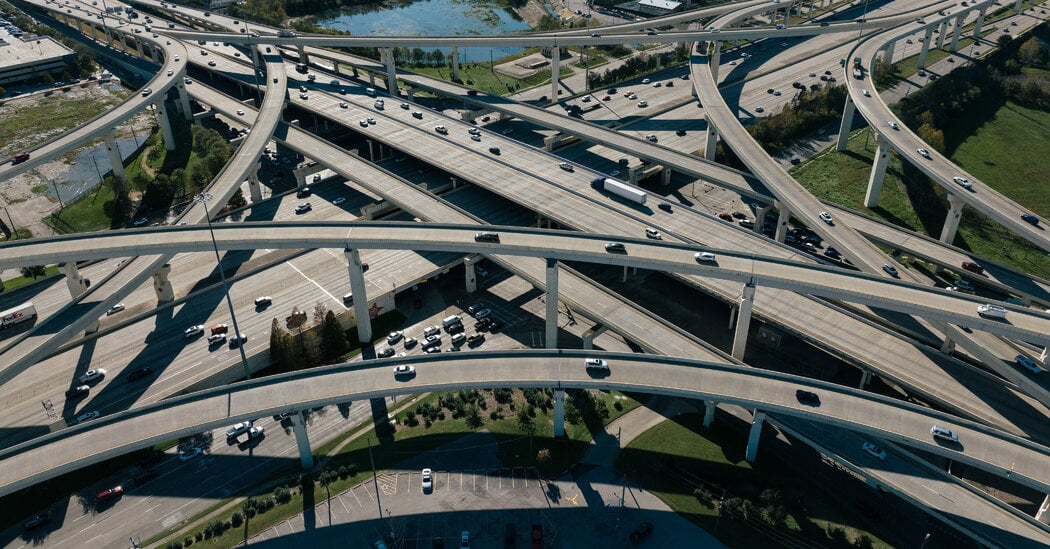For critics of widening projects, the prime example of induced demand is the Katy Freeway in Houston, one of the widest highways in the world with 26 lanes.
Immediately after Katy’s last expansion, in 2008, the project was hailed as a success. But within five years, peak hour travel times on the freeway were longer than before the expansion.
Matt Turner, an economics professor at Brown University and co-author of the 2009 study on congestion, said adding lanes is a fine solution if the goal is to get more cars on the road. But most highway expansion projects, including those in progress in Texas, cite reducing traffic as a primary goal.
“If you keep adding lanes because you want to reduce traffic congestion, you have to be really determined not to learn from history,” Dr. Turner said.



Trains predate cars and busses have always been with us since the car. People have voted – with their cars.
The Interstate Highway System started in the 1950s. Population has more than doubled since then. Of course, we have more traffic, we have more people!
The auto industry lobbied to kill public transportation back in the day to sell more cars. For a recent example see Ellen Musk and the Hyper Loop.